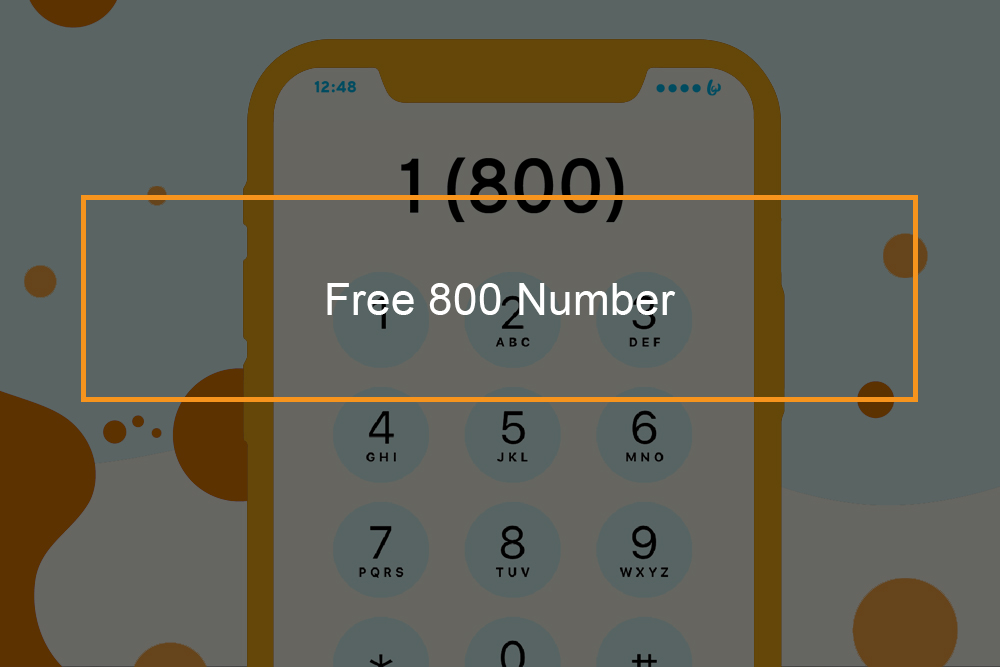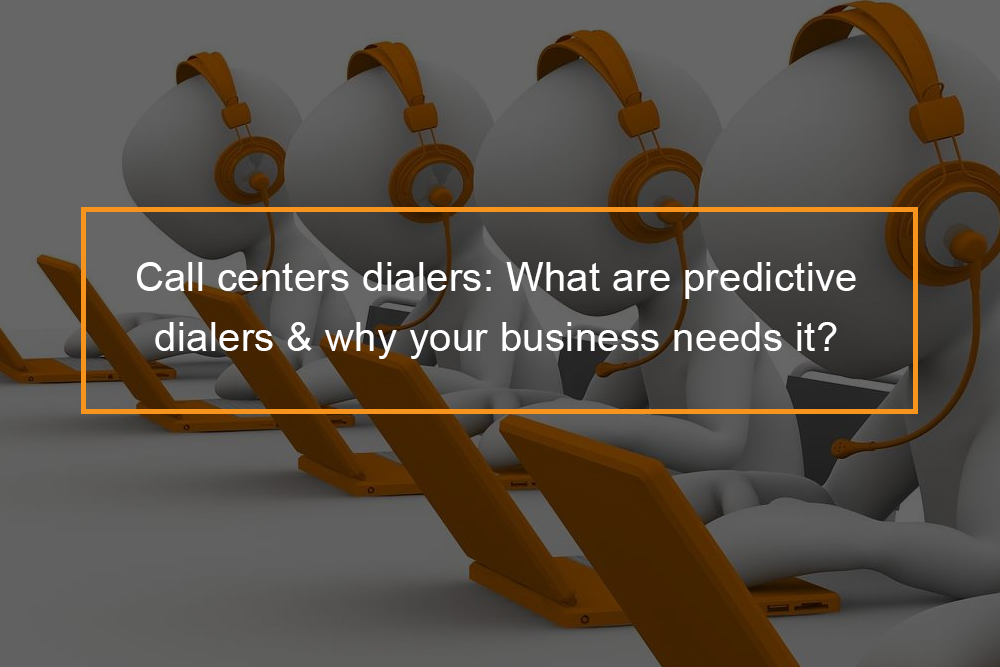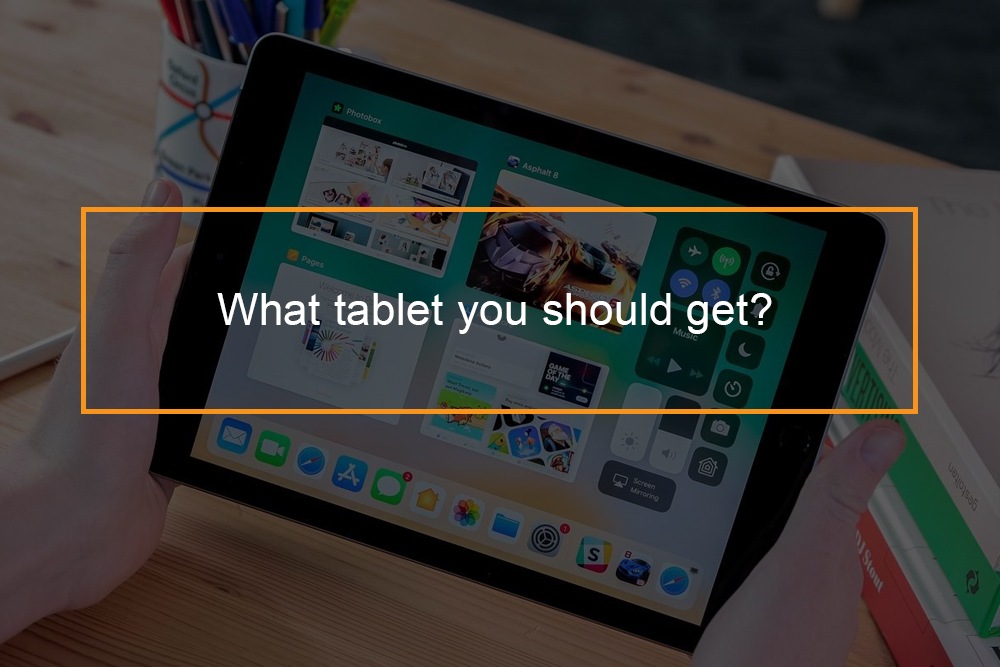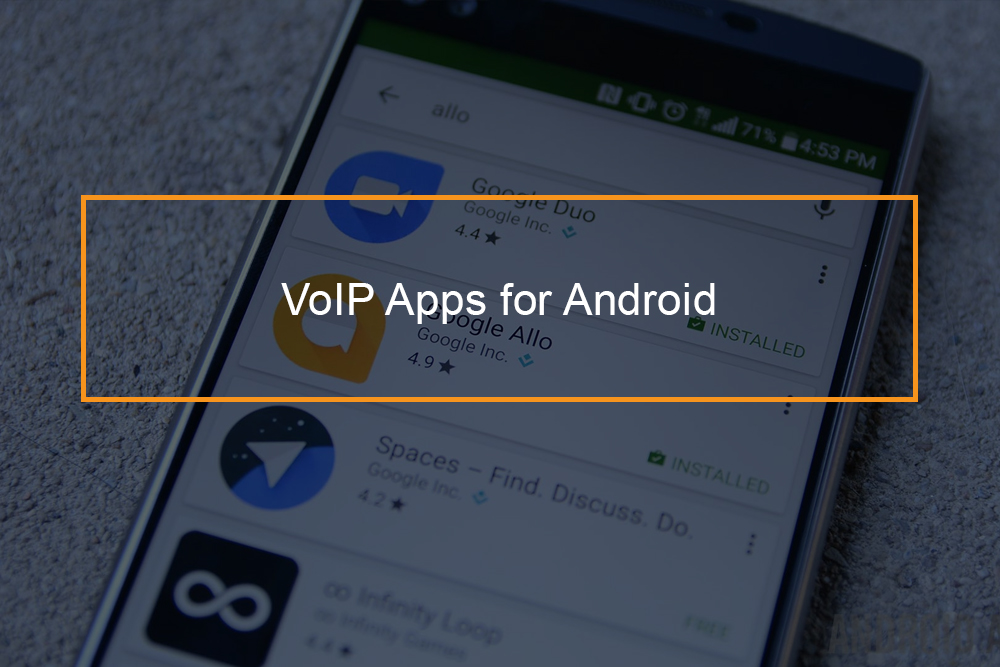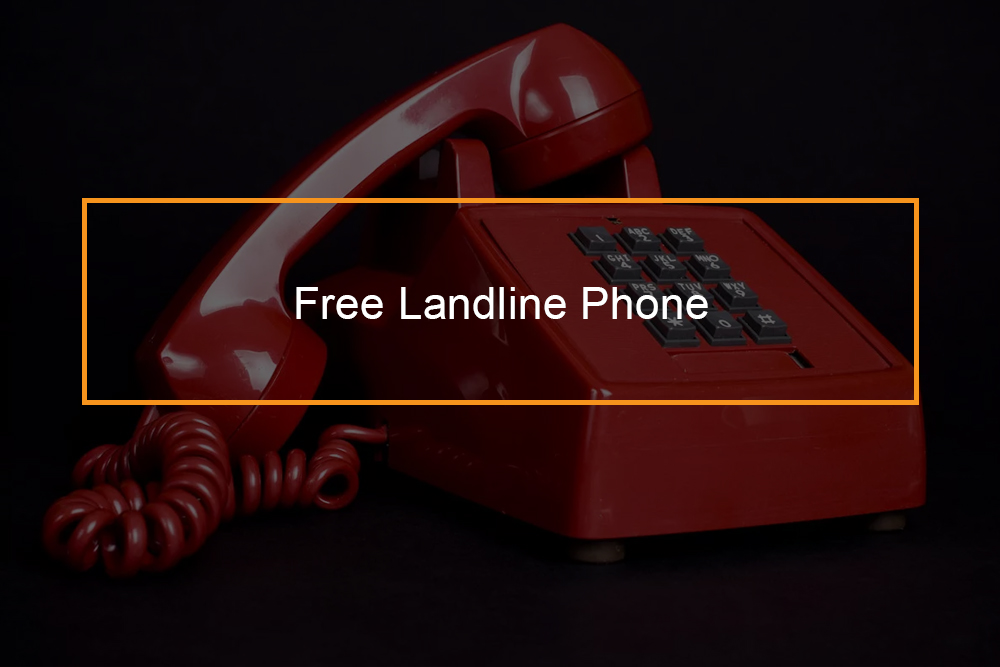How much bandwidth does VoIP use?
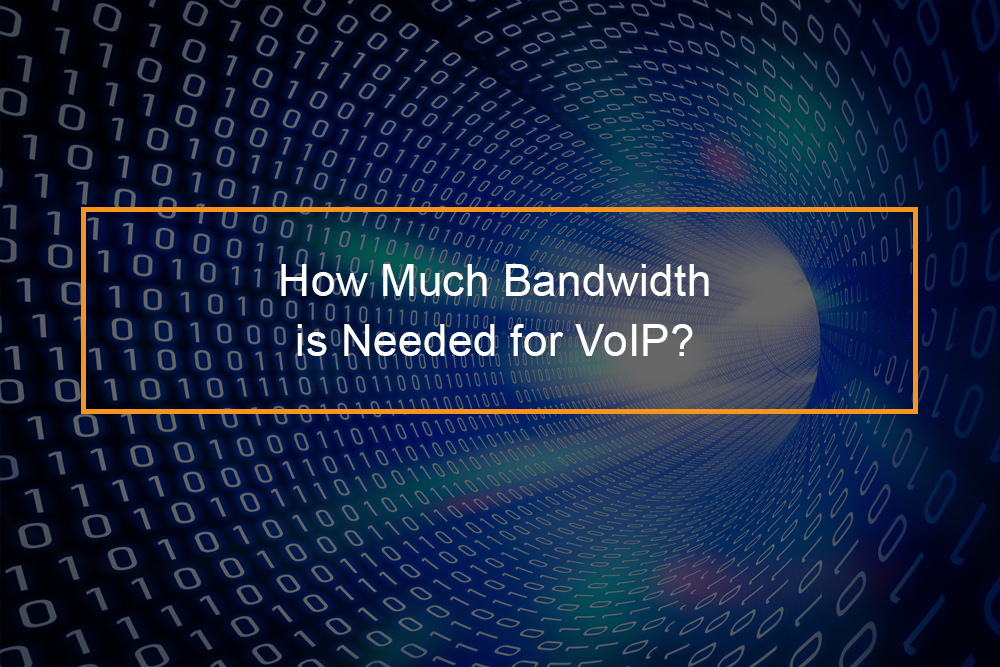 VoIP uses data between 0.5 megabytes (MB) for one minute call, on the G.729 codec and 1.3 megabytes per minute von G.711
VoIP uses data between 0.5 megabytes (MB) for one minute call, on the G.729 codec and 1.3 megabytes per minute von G.711
Voice over Internet Protocol is now more and more popular on our mobile phones. Nonetheless, the data these phones consume might concern us. Besides, most cellphone packages do not include VoIP use. It thus is not a surprise for users to place calls using VoIP in the hopes of avoiding high fees for long-distance calls. Most subscribers deplete their monthly data packages unintentionally. This is because not many users are aware of how much data VoIP conversations consume.
Cost is a critical factor in determining the usability and viability of a given solution. IP telephony depends on data to allow communication, and costing can be assessed through the amount of data that you consume. VoIP phones have advanced enough, and the evaluation of its efficiency is vital. Via managed VoIP services, VoIP can easily manage for your organization.
Let’s see the answer to VoIP data usage and, therefore, affordability.
How much data does a VoIP call take?
How much data does a phone call use?
When making VoIP calls, there are two elements you can use to determine VoIP bandwidth or data consumption.
- The number of minutes the phone call lasts
- The amount of data each minute of call uses. Because VoI[P telephony calls transfer over the internet, data use can become costly. Nonetheless, the per-minute cost of VoIP calls is less pertinent for enterprise phone system subscribers. Besides, data use is directly dependant on the business’s existing broadband internet service.
Other factors include the desired quality of connection while placing calls and optimization. Other times you may have to talk with your vendor to clarify how much data your VoIP consumers.
To determine data usage rates, it is essential to understand how VoIP technology operates. Voice over IP makes dialing possible without the need for a traditional phone line by assembling digital files like video or voice data into packets. They are then transferred via the internet via the use of codecs. Codecs are compression engines which encode incoming call information into digital streams and then decode them at their destinations.
Understanding codes- no packet loss
Today, most business-oriented Voice over Internet Protocol providers depend on the G.711 codec to connect calls across the internet. The comparatively newer G.729 codec uses thirty-two kilobits per second (kb/s). This new generation gained traction in the user market. G.729 can more market. G.729 can more efficiently transfer High Definition video and sound data, making video calling possible. Since higher data usage matters to mobile data package subscribers, this codec uses a compression algorithm. The compression sacrifices video or sound quality for weight.
The G.711 codec has established a niche as an enterprise phone service since, unlike G.729, it does not compress voice data. Thus, voice quality compares favorably with standard phones. Most companies have integrated broadband networks and pay a flat monthly internet rate. Therefore, higher call quality when speaking with customers takes precedence over bandwidth issues.
VoIP voice calls
To get a good quality voice call, high sound quality, and higher data connectivity are essential. Most of the stable VoIP services use the G.729 codec to change speech into HD digital signals. Facetime and Skype consume G.729 codec. Since sound quality is guaranteed, this comes with higher data charges.
The amount of data by a codec is proportional to the quality of service provided. G.729 uses about 30 megabytes every hour. G.723.1, which is the cheapest subscribers, approximately 0.33 per minute (20 MB for every hour). At the utmost high end is G.711, which deploys about 1.3 MB of data for every minute (78 MB for each hour). It is essential to make a balance between quality, bandwidth requires, and charges. Moreover, you must have a service that offers excellent sound quality and at the same time, useless data.
How much does data VoIP video call use?
How much bandwidth does VoIP video call use?
Video calls deploy more data compared to voice data calls. Besides, extra factors come into play, such as screen size, video quality, and device specifications. Connecting non-compatible devices will, for example, require more data.
A video call between two small mobile appliances, for instance, smartphones, will use fewer data. Connecting a mobile phone and a computer will client approximately 270 megabytes per hour. In contrast, calling a tablet from the telephone might use up 4.5 megabytes of data for the same length.
Video quality is also a vital determinant of how much data a video call will use. A regular video can deploy as low as 190mbs for every hour. When you require HD videos, you can use roughly 1.25 GB for every hour. All these will contribute to the cost of a given connection in Voice over Internet Protocol.
The larger the subscriber’s screen, the more high-quality data required to be streamed via packets. Bigger screens lead to higher for every minute cost of a video call. The high bandwidth consumption rate indicates why Facetime originally only operated when subscribers were connected to a WiFi, not mobile data. Configuring a data package and securing connections is useful in decreasing data usage. Sometimes, you may need a monitoring device to record trends in bandwidth use and establish a package with the vendor.
Typically, data usage by Voice over Internet Protocol is considerable, and the right budgetary mechanism is vital. Most enterprise phone systems do not need video data transmissions. Therefore, the G.711 codec provided GenVoice offers a high-quality voice transmission experience. At the same time, it runs many other enterprise functionalities and features such as virtual call centers, automatic operators, and so on. Nonetheless, VoIP SIP-based telephony still has a tremendous cost-saving advantage over traditional phones. Getting an appropriate data plan from a reliable service provider can offer software.
Do VoIP phones affect Internet speed?
Will VoIP phone affect internet speed?
The speed of your connection is essential, in case you have a high-speed connection, then VoIP will not influence it too much. In fact, talking on the VoIP call for an hour uses less bandwidth than surfing the net for an hour, so it will not influence your bandwidth too badly.
How much data does WhatsApp call use?
WhatsApp calls enable users to call other WhatsApp users for free. Nonetheless, a minute of WhatsApp calls charges around 0.15MB to 0.20MB of 3G data. This indicates a five-minute call costs around 1MB of 3G data.
The call quality on 3G networks is decent, but on 2G, there is a considerable amount of lag. Also, on 2G, a minute of WhatsApp call costs about 0.35 MB, which is surprisingly higher than 3G. With no mobile internet packages plans, the standard data charges for most operators are 4p/10 KB (3G) and 10p/ 10KB (2G). This translates to Re one for every minute of WhatsApp call on 3G and Rs 2.50 for every minute on the 2G network.
Whatsapp is new for the fetcher and compares to all other applications; it uses more data than other VoIP apps.
Is VoIP cheap?
VoIP is suitable for offices that place many calls per month. VoIP billings cone as a flat monthly fee. Therefore, it makes sense in case you are always on the phone. This is even more relevant if overseas and long-distance calls are routine. Besides, organizations that rarely use the phone may not be able to justify the added monthly charges. The charge for Voice over Internet Protocol service adds to the higher data bandwidth internet and the cost of replacing all the telephone terminals.

